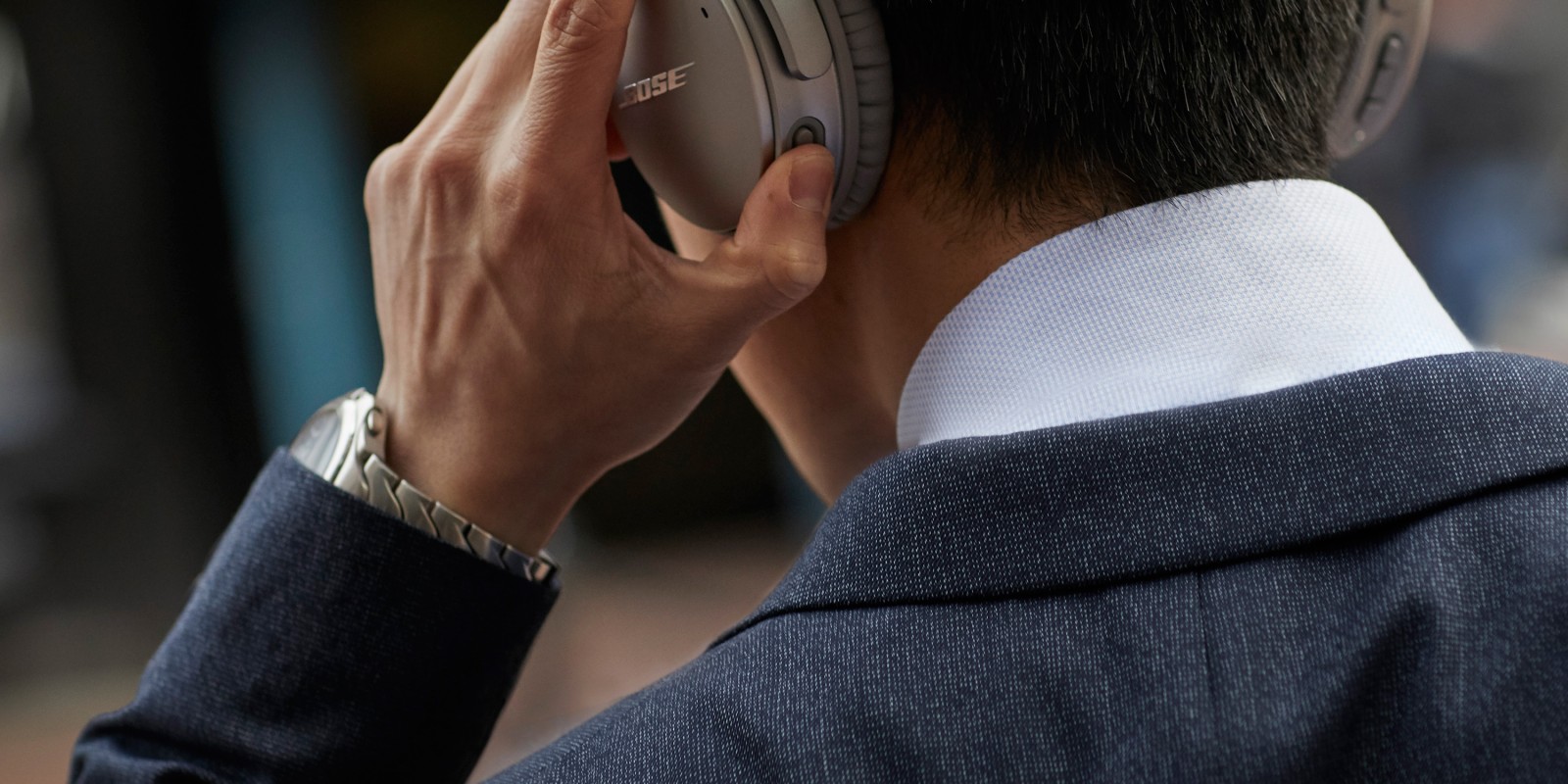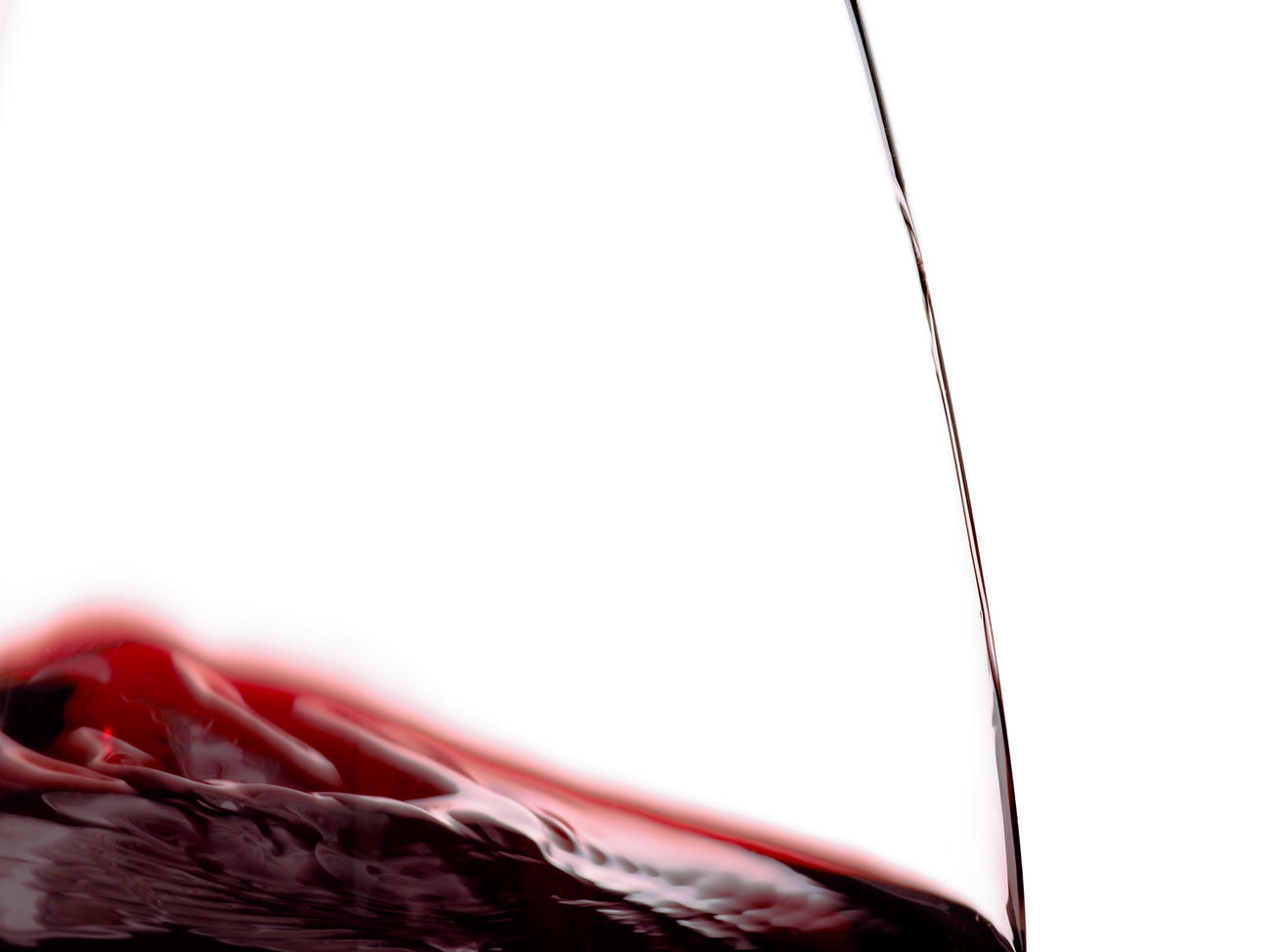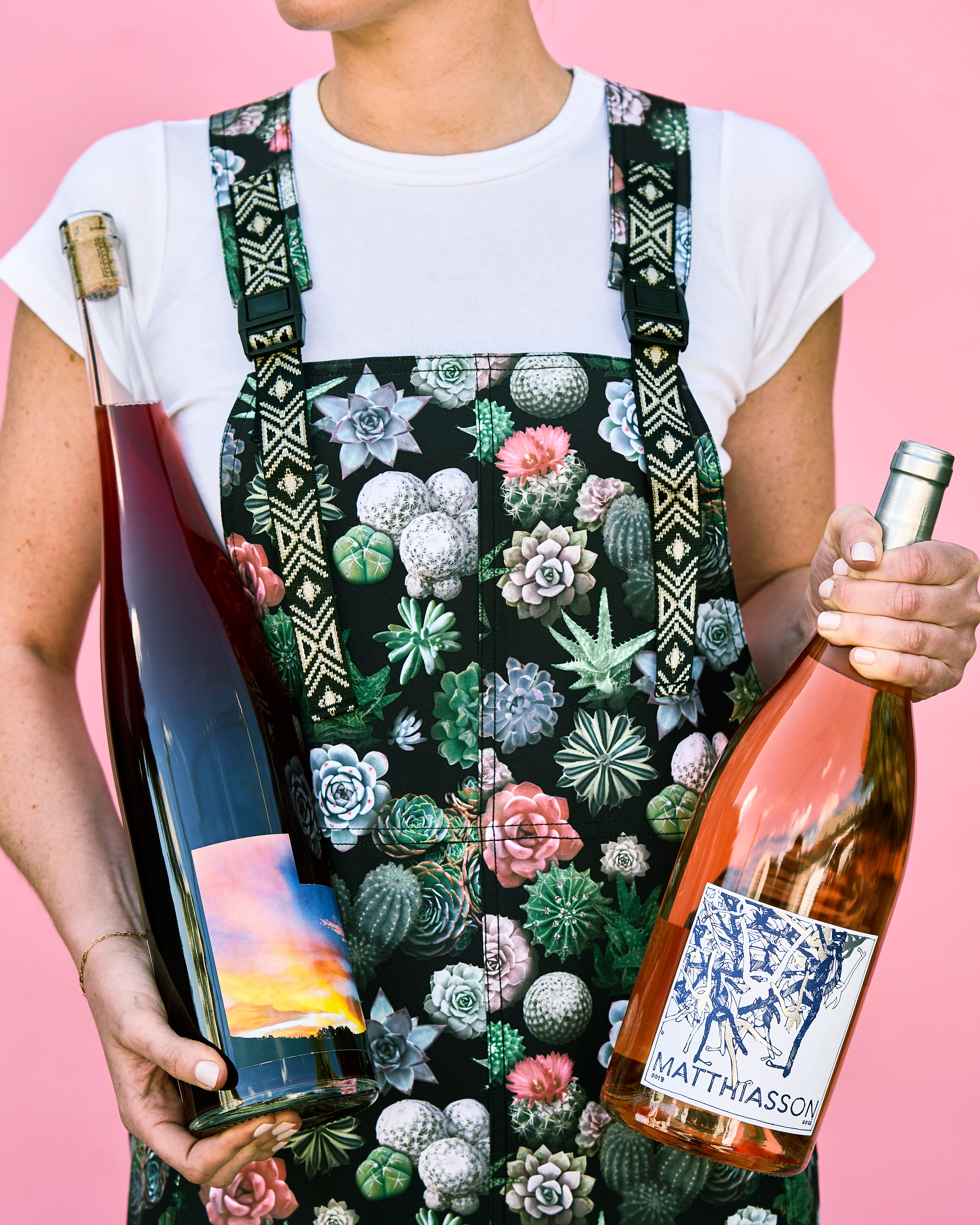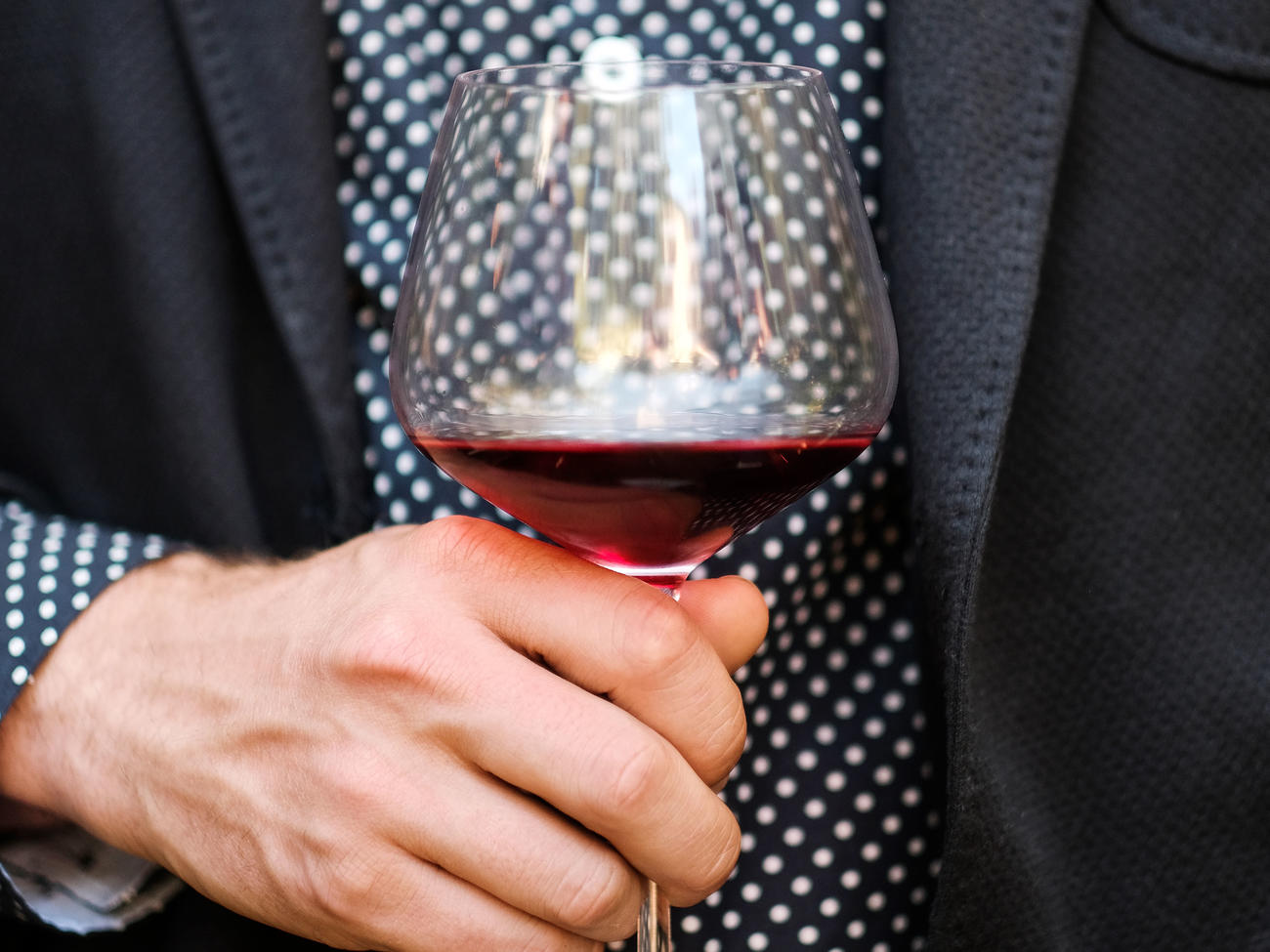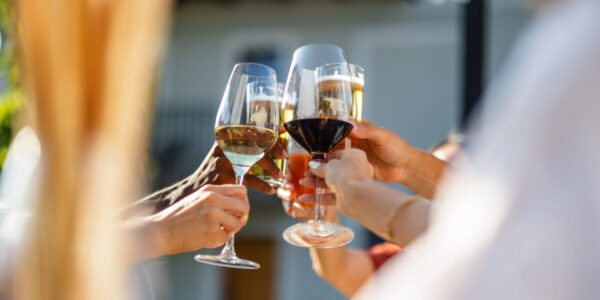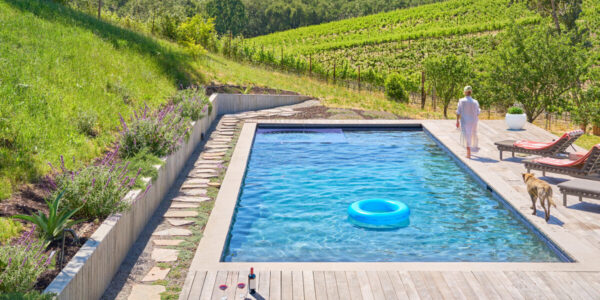
How to Imbibe in the West’s Golden Era of Winemaking
We are living in the golden era of all things vinous. Here’s how to pop a cork on a podcast, hit an urban wine bar, go natural, make the most of a magnum, and more
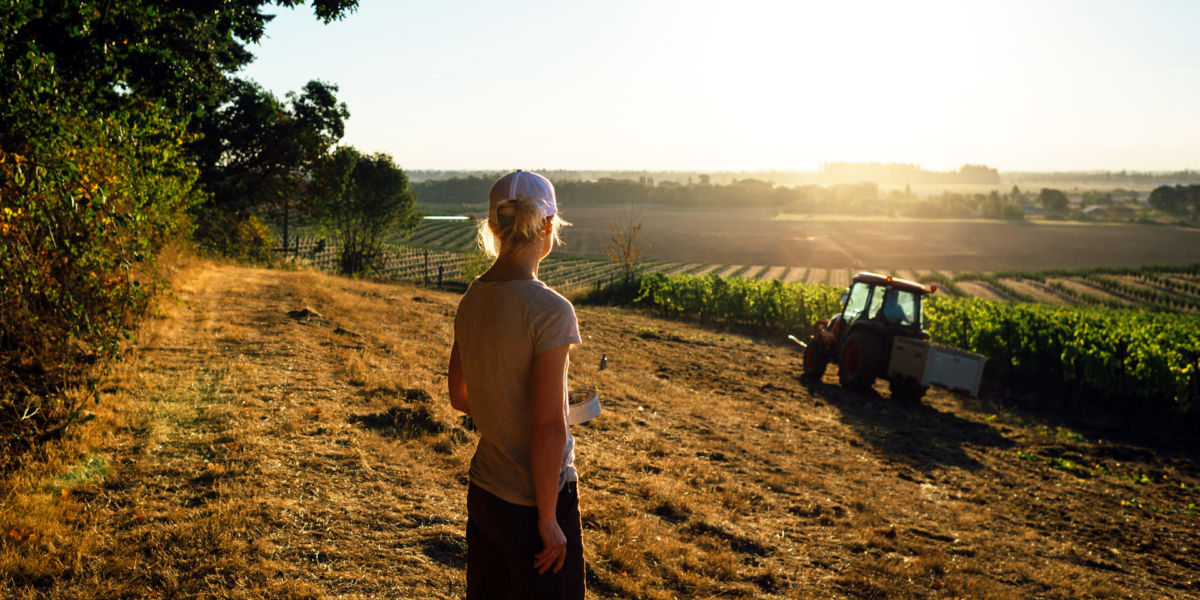
Easton Richmond
Go Natural at the Wine Bar
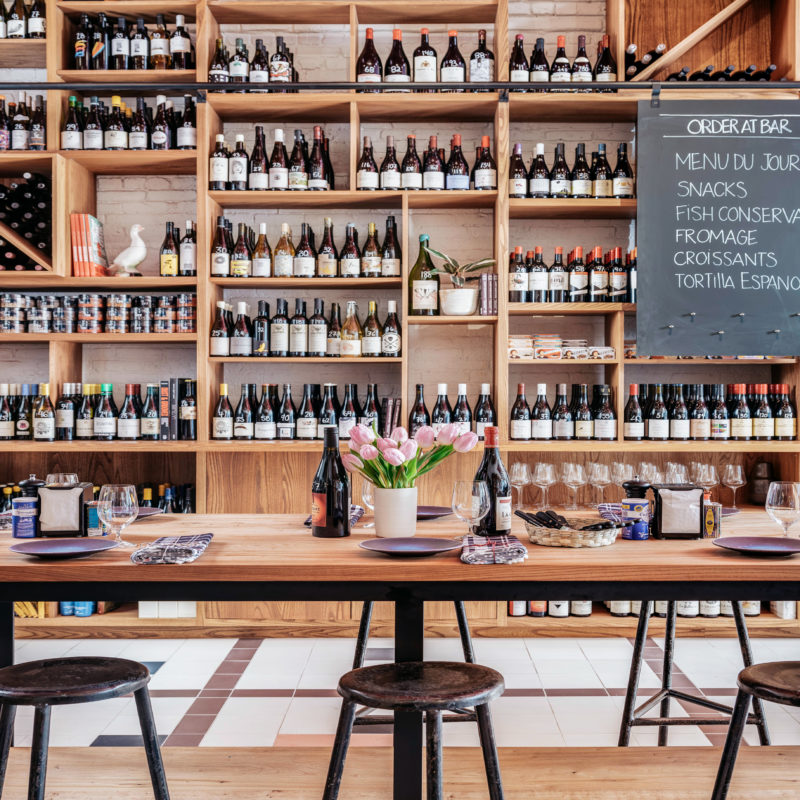
Christopher Stark
Verjus, San Francisco. The city’s hottest new wine bar and bottle shop is a cozy but stylishly appointed space from the team behind Quince, one of the city’s Michelin three-star restaurants. The menu of classic French wine food—think pâté en croute and omelet Boursin—pairs perfectly with partner and beverage director Matt Cirne’s polished selection of natural producers from around the world.
Bar Norman, Portland. Led by star sommelier Dana Frank, Bar Norman is dedicated to wines that have had little or no intervention during the winemaking process. Drink from dozens of wines by the glass or pop open a reasonably priced bottle from the shop up front (for a moderate corkage fee) in a white-walled natural-wine oasis.
Bibi Ji, Santa Barbara. Noted sommelier Rajat Parr has staked a claim in the natural-wine scene in Santa Barbara, not only with his own wines—Sandhi and Combe—but also with a living, breathing wine bar with partner Alejandro Medina. The extensive list focuses on organic and biodynamic wines made with minimal intervention. Indian curries and Santa Barbara uni biryani are paired with wines chosen by Parr from regions ranging from California to Europe.
Ovid’s Experimental Wines, Napa Valley. Winemaker Austin Peterson casts aside Napa blending convention in search of a broader palate and palette. His latest is billed as a “California white wine,” composed of eight varietals from around the state, including Marsanne and Picpoul Blanc from Mendocino. Floral and aromatic, it’s refreshingly different from typical California whites and one of the most compelling wines we’ve tasted this year. 2017 White Experiment, W4.7, $95
Other wine bars to try around the West:
- Noble Riot, Denver
- Bar George, Salt Lake City
- Vinnie’s Wine and Raw Bar, Seattle
- Bar Bandini, L.A.
A Crop of New Wine Clubs
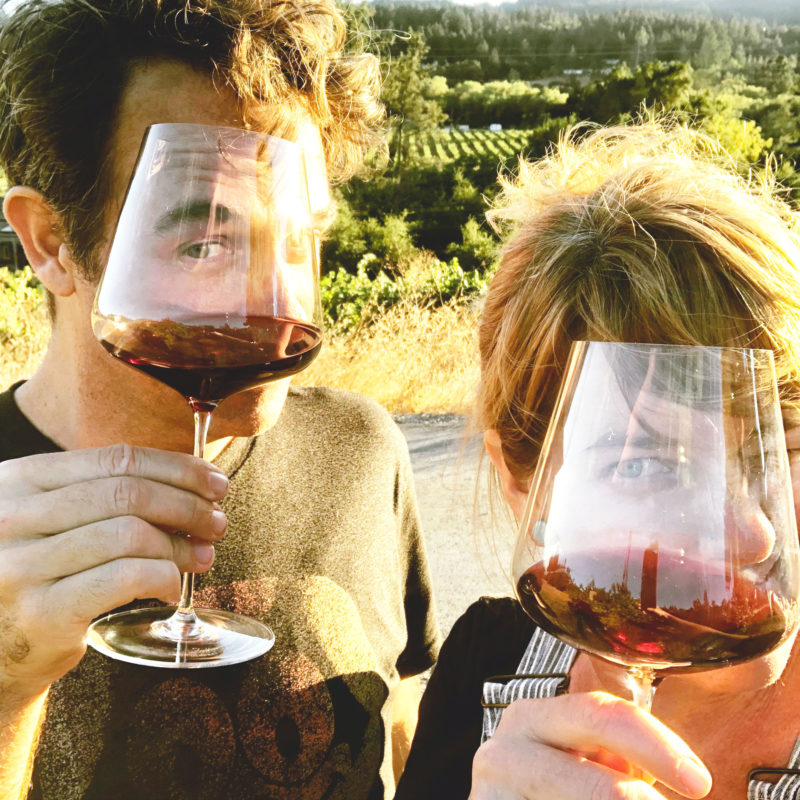
Courtesy of Bergamot Wine Club
Kevin and Sarah Wardell of Bergamot
These subscriptions offer fascinating ways to broaden your wine horizons.
Kompas Wine Club. The perfect wine club for those in need of a tasting starter kit, Kompas pastes tasting notes on the bottles. “A big glossy wine tome or a binder in another room is not as helpful in that critical decision moment,” says cofounder Eric Nielsen.
Bergamot Wine Club. Try this club for a broader look at unsung vines in California and beyond. “Developing your palate means going beyond the eight grapes crowding the shelves at every shop in California,” says cofounder Kevin Wardell.
Cellar503. Themed shipments offer a deep dive into Oregon’s wine offerings, adding backstory to each glass; a recent shipment focused solely on alternative aging techniques, concrete eggs, clay amphoras, and even unique species of oak.
Wine Distributors Are Like Record Labels, So Follow One You Like
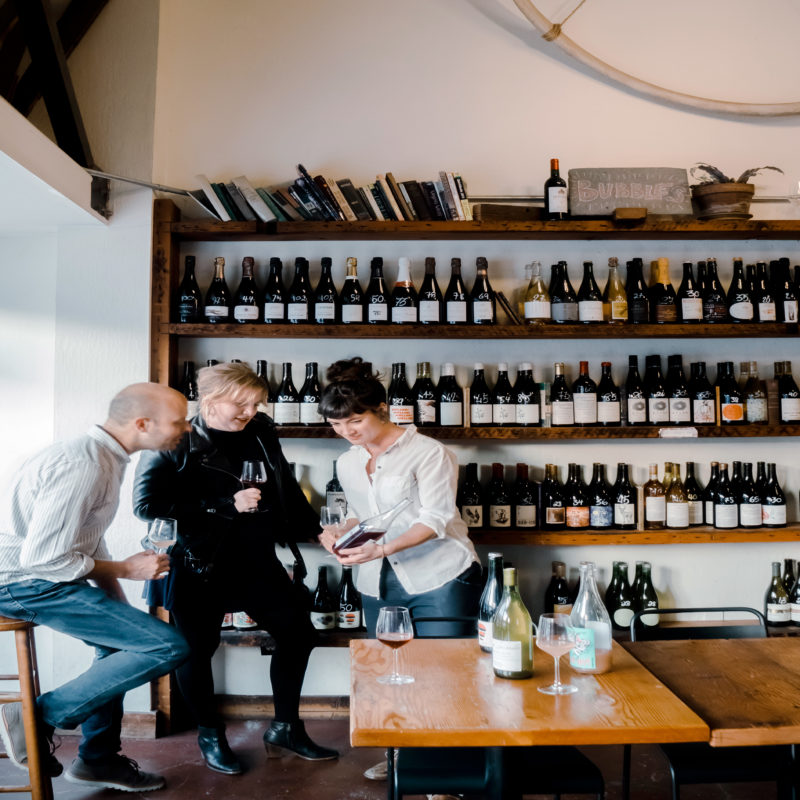
Thomas J. Story
Wine distributors are part of the magic that, along with the sommelier or beverage director, pulls together the hottest wine list in town. Just as music fans once looked to record labels to follow a distinct style or sound, wineries are pairing with boutique distributors who match their styles. If you are charmed by a wine from one of a distributor’s producers, the chances are good that you will be entranced by other wines in the portfolio too. Here are some to keep an eye on:
Tess Bryant Selections, Oakland. Bay Area wine industry vet Tess Bryant works with natural producers in France, Australia, and California. Her portfolio emphasizes lively, often off-the-beaten-path bottlings from a group of maverick winemakers on the outskirts of Adelaide. Where to taste in Oakland: The Punchdown, Ordinaire.
Super Glou!, Los Angeles. Launched last year by a trio of natural-wine aficionados, the company name is a nod to glou-glou, the French term used to describe easy-to-drink wines. Super drinkable aptly defines the quirky, small-production German and French wines they procure. Where to Taste in L.A.: Gjelina, Vinovore.
Grand Coeur Wines, Seattle. Laine Boswell Roten champions obscure and indigenous varietals from producers in Italy, France, Spain, Argentina, and the Northwest. She’s also one of the few U.S. importers focused on Swiss wines. Where to Taste in Seattle: Le Pichet.
